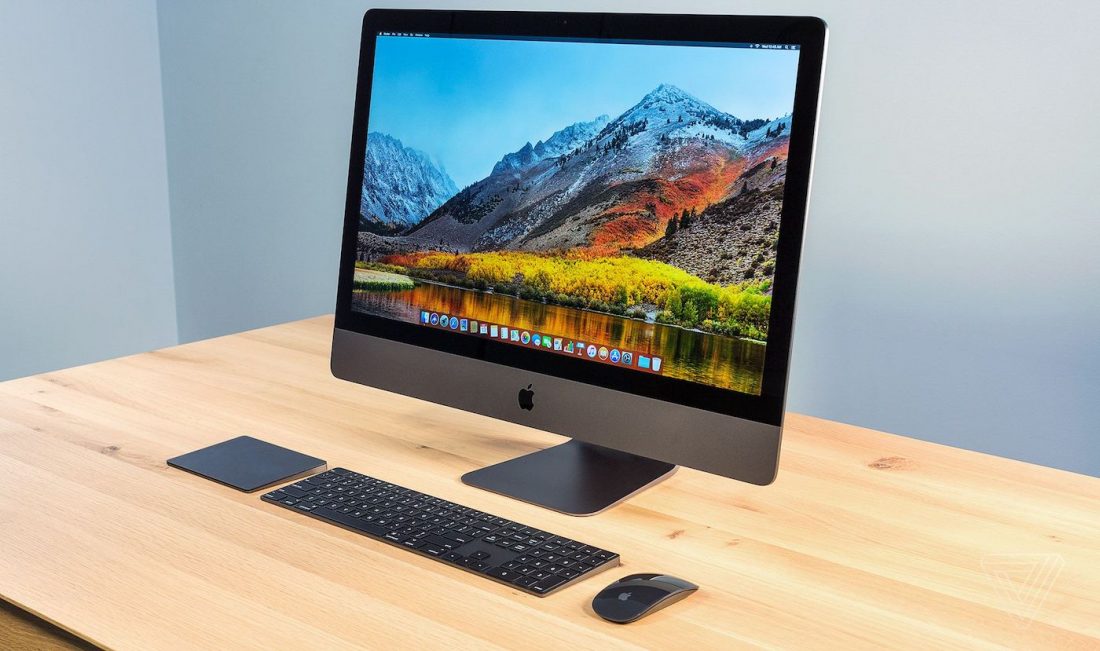

Whatever your experience and budget, you can find the best video editing Mac for your latest project. And while top-end Macs remain a favorite with professional video editors, sound engineers, graphic designers, and artists running the best video editing software, there are a range of lower-priced models that seamlessly fit in with a range synonymous with innovative design, simple operation, and reliability. Apple updates its line-up every year, so you can always find new machines at similar price points to older models. > Best monitors for video editing (opens in new tab) : Top screens for video editorsįinding the best Mac for video editing doesn’t need to be a headache.

> Best video editing computers (opens in new tab) : Desktops built for post-production It did slow down with big graphics, though.> Best video editing laptops (opens in new tab) : For cutting content on the go Scrubbing through the timeline was great - I didn’t notice it drop a frame until 3.5 hours in of editing, which is very impressive. On the M1 Max with 32 GPU cores, there was no lag between hitting the spacebar and playing, and Premiere ran noticeably smoother than my iMac or the M1 Pro laptops. Overall, the editing experience was very similar to my regular work machine, a 27-inch iMac from 2019 with an eight-core Intel Core i9, 64GB of RAM, and a Radeon Pro 575x graphics card the M1 Pro machines were actually choppier during 2x timeline playback. It was about one second, as if the computer was thinking before it played. There was also a short but noticeable lag from hitting the spacebar to the timeline actually playing. It was minor, but after 20 seconds a frame or two would drop. But to no surprise, when I added graphics and adjustment layers with color, Premiere started dropping frames.

Premiere ran smoothly with 4K footage - on both the 14-inch and 16-inch M1 Pro machines, I could play back the timeline at full resolution at 2x speed.


 0 kommentar(er)
0 kommentar(er)
